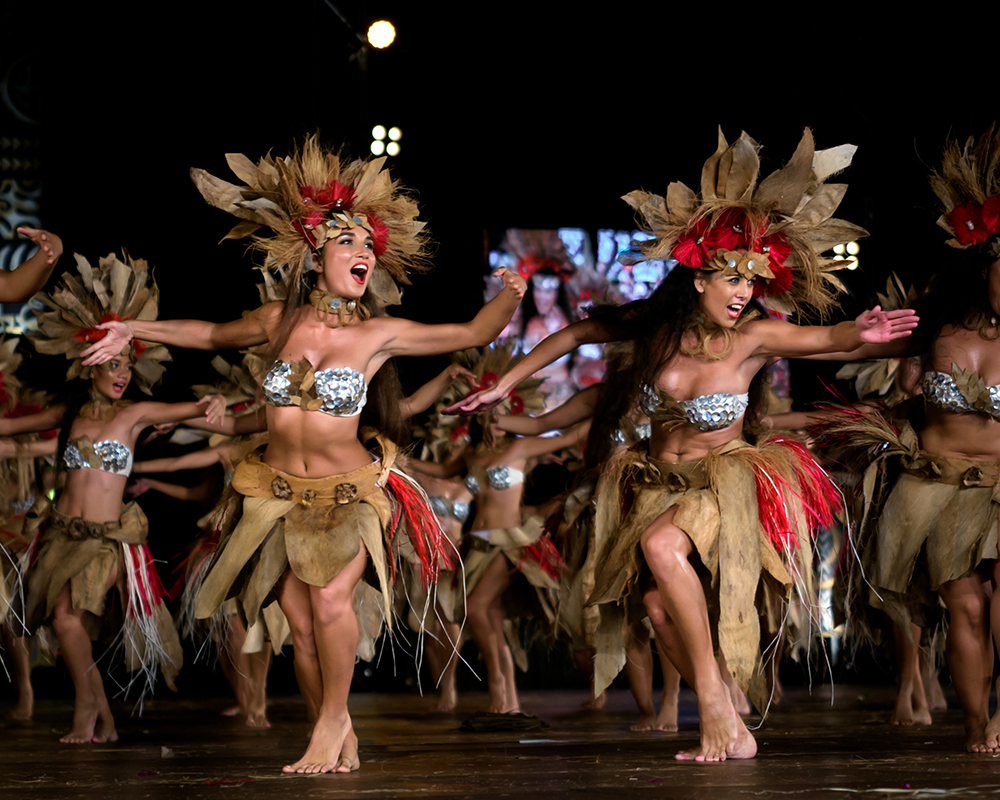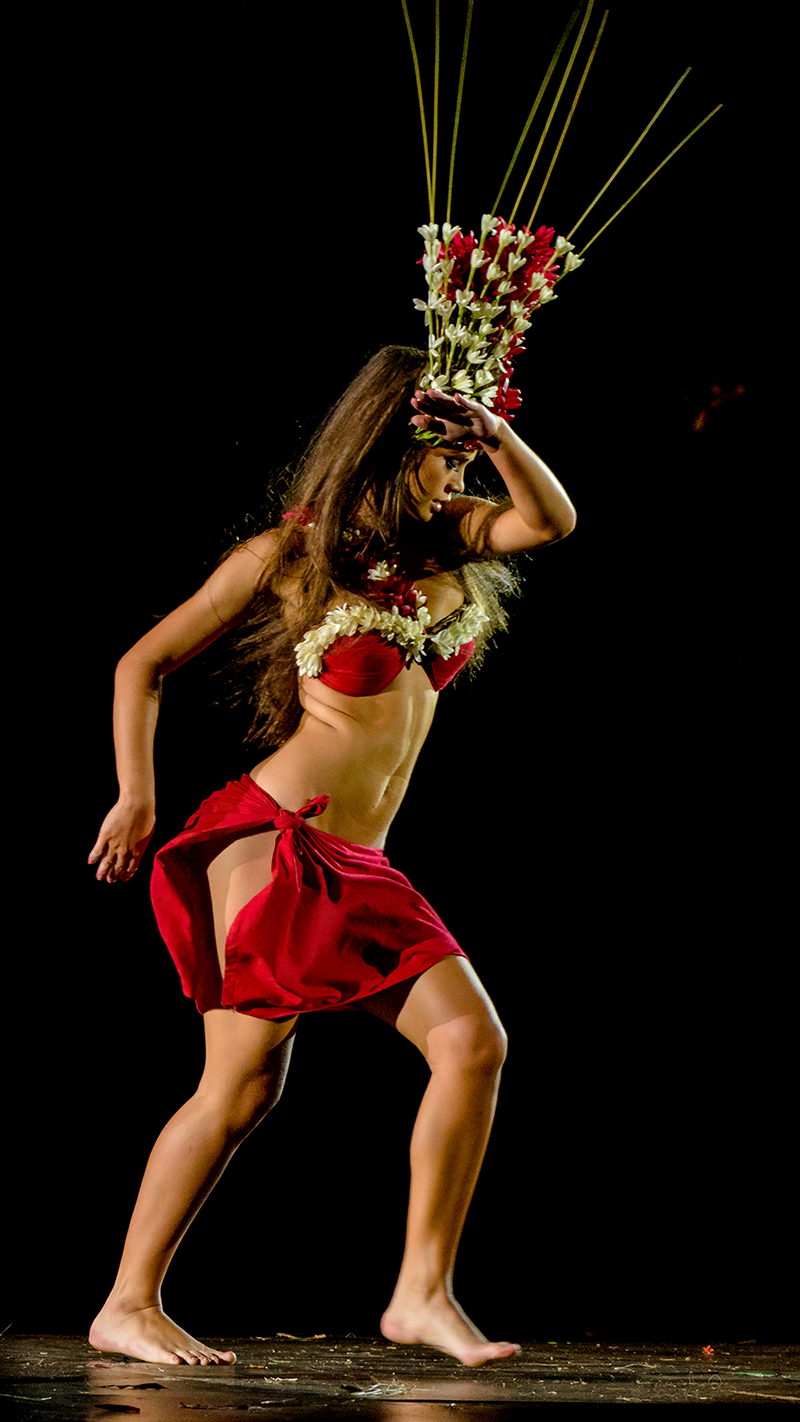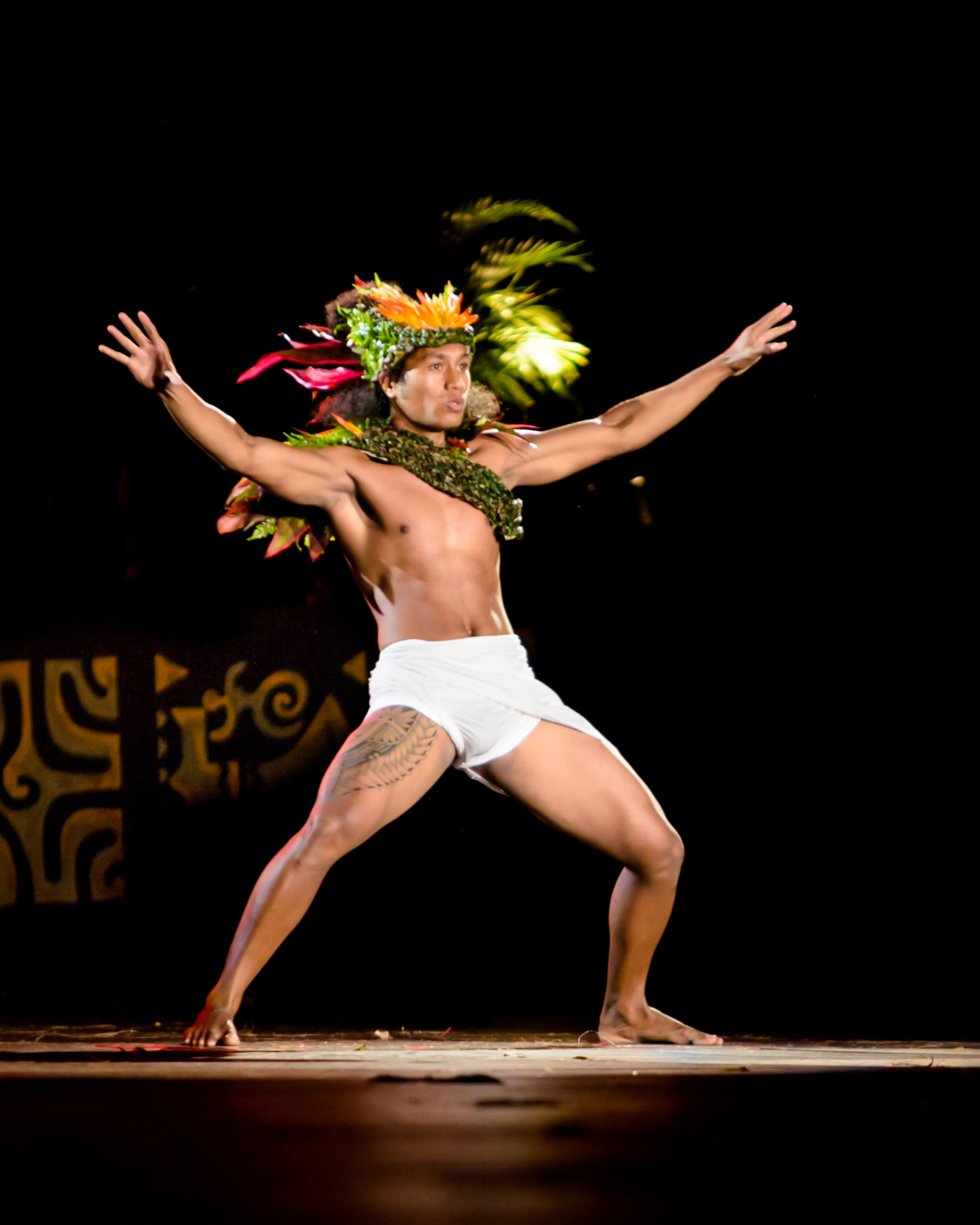Tahiti and her islands are famous for their postcard landscapes and surely as much for their dancers. Sailors, explorers, artists and tourists succumbed to the imagery of the exotic dancer with swaying rhythms!

The dance is indeed a well-established tradition that continues to be transmitted from generation to generation. Every July in Tahiti, the “Heiva i Tahiti” is held, an event that celebrates the dance and music of the Polynesian Islands. This year, the event will take place from July 4 to 20, 2019. 13 dance groups and 15 singing groups will perform and will be decided by a jury. Traditional sports will also be in the spotlight and will bring together athletes for javelin throwing, stone lifting, and canoe races or “va’a races“.

If you are staying in French Polynesia during this period, it would be a shame to miss this unique opportunity to admire the “Ori Tahiti” up close, mainly expressed by:
- the “Otea“: technical and very physical dance, which reveals its warlike origins, supported by the drums “Pahu” and percussion “To’ere”
- the “Aparima“: rhythmic dance to the sound of guitars and songs by the language of the hands representing the gestures of daily life or the feelings whose story perpetuates the Polynesian oral tradition.
These Tahitian dances are performed by amateurs called “Hura ava Tau” and experienced dancers “Hura Tau”.
You will thus understand how dance is intertwined with social and cultural life. This is not folklore but an essential element of the links between Tahitians. Tahitian dance is present at important moments in life, it accompanies birth, marriage, death and gives rhythm to harvests. Instruments, songs and costumes made up of natural elements form a choreographic ensemble.

Attending the “Heiva i tahiti” is to marvel at these bodily prowess but also to be told a story, a legend, a myth. Dance also makes it possible to address current themes, while maintaining a strong link to the five elements. The lower body marks the rhythm, especially with the swinging of the hips, while the upper body becomes the narrator of the story being told. Thus the whole body, down to the facial expressions, is invested in the dance.
The men also dance, they put strength and virility in the spotlight.
The voluptuousness and grace of the dancers made these dances prohibited in the time of the English missionaries, as they were considered too suggestive. They are now recognized as part of the French intangible cultural heritage and continue to inspire people around the world. Fortunately, a certain Madeleine Mou’a had the idea in 1956 of creating a school to bring together known steps and encourage people to reconnect with dance. The “Heiva i Tahiti” offers beautiful hours in the future of Tahitian dance.

